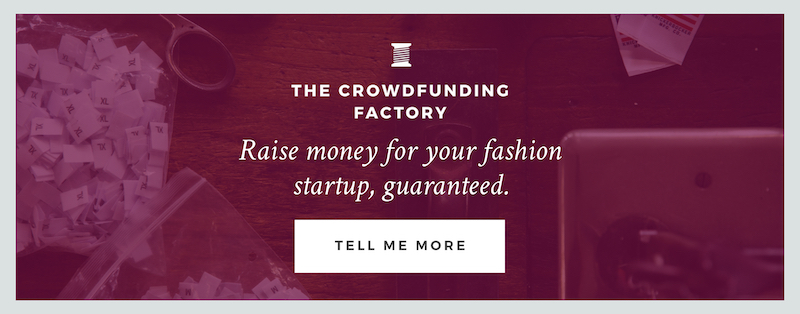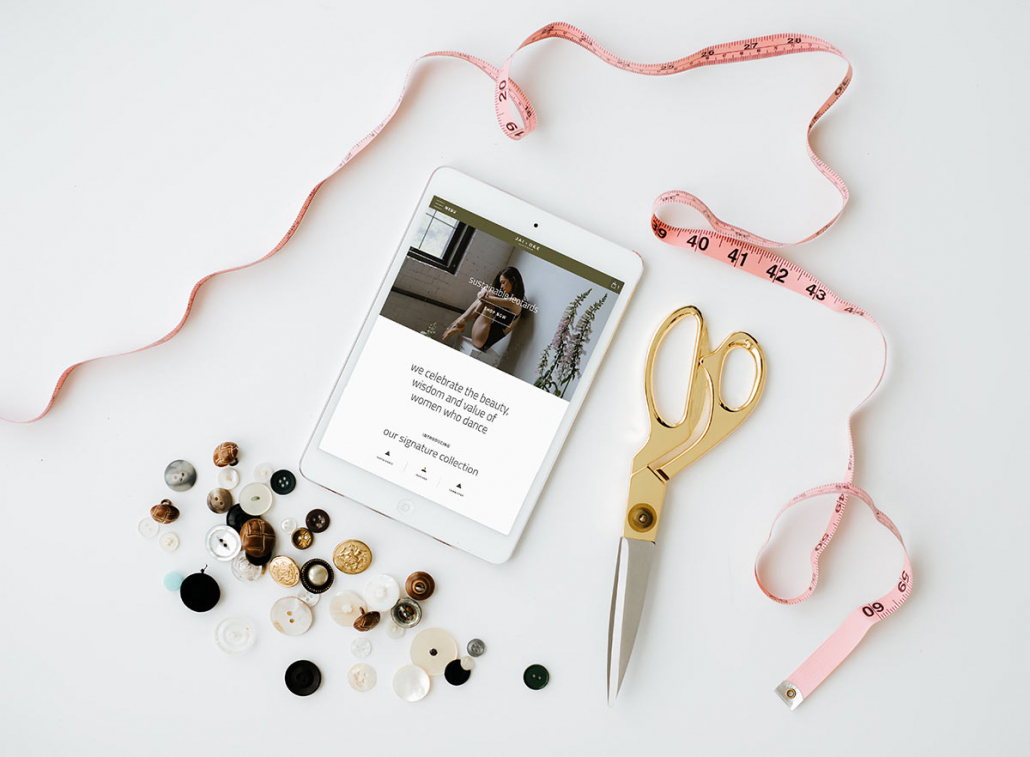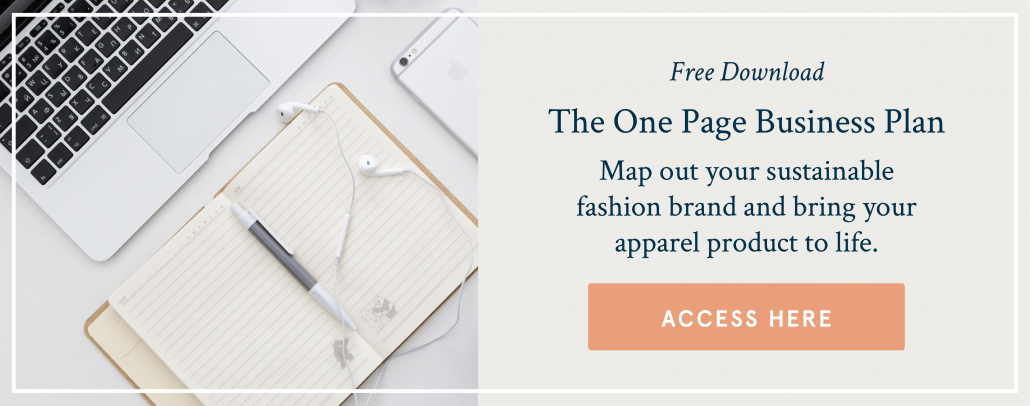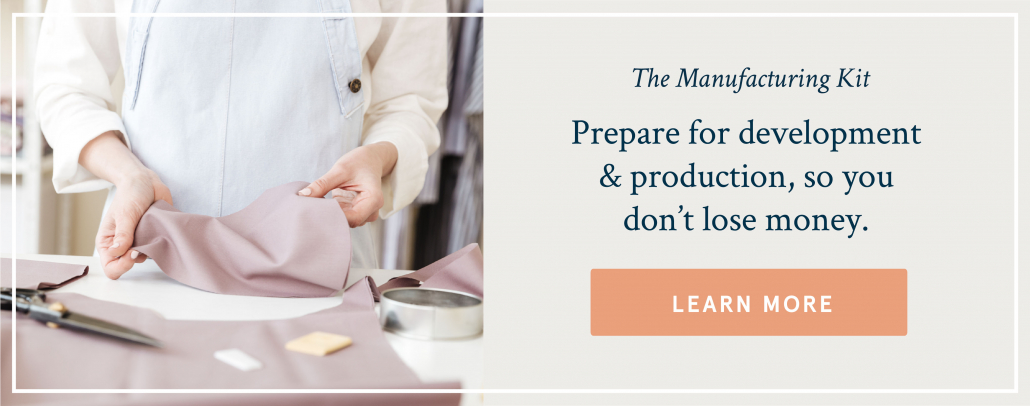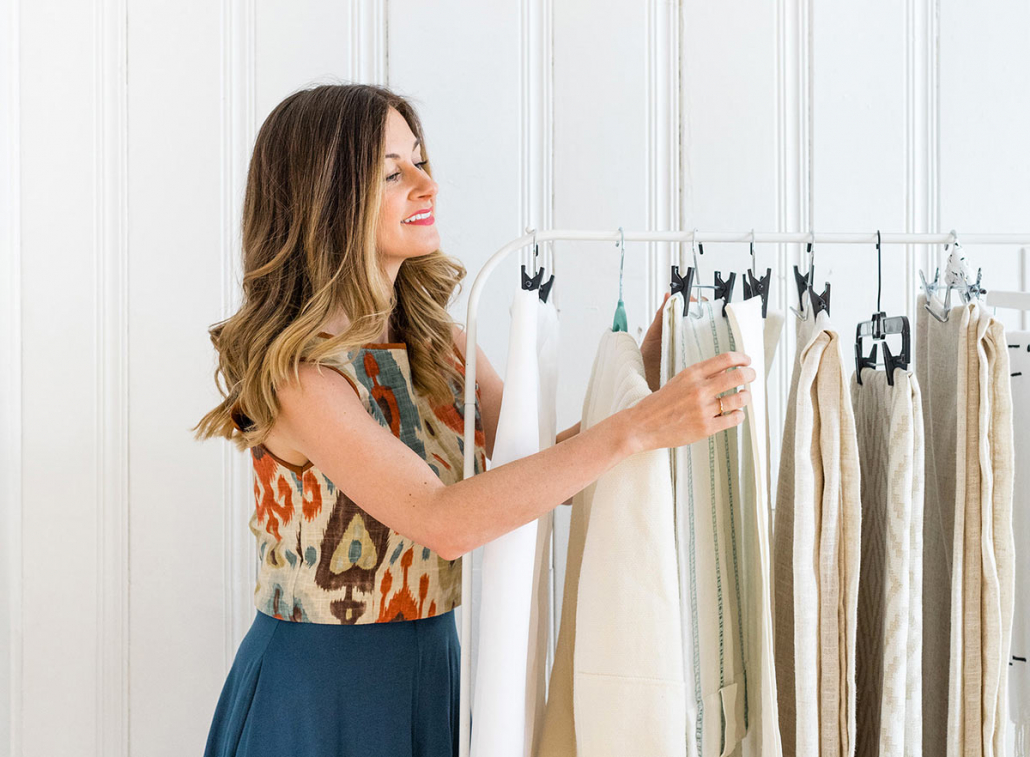“The Instagram algorithm is literally paralyzing me.”
I was talking to two startup designers at TexWorld, a fabric sourcing trade show in NYC.
“Gah, I’m so happy to hear you say that,” one of my Factory45 alum replied, “It’s paralyzing me, too.”
If you use Instagram to attract new customers and market your own brand, then you know exactly what I’m talking about.
There is so. much. pressure. on the backs of small businesses to excel on this platform and with the ever-changing algorithms, Instagram is not making it easy on us.
Over the past two months, I’ve posted no more than THREE times on Instagram.
And I’ve deleted two of those three posts after the fact because they didn’t look pretty “in the grid.”
The struggle is real.
We are all putting in so much time and effort creating the content… making sure it’s aesthetically on-brand… writing a thoughtful caption… and then creating even more content for Instagram Stories.
Once we do finally click publish, only 2 percent of our followers even see the photo. It’s a wonder we haven’t already abandoned ship.
BUT, this is not a complain-festival.
After doing a bunch of research, I’ve accumulated some expert advice on the subject.
And then I did an experiment to pass along my “findings” to all of you.
Do you want the good news or the bad news?
Okay, I’ll start with the bad news first.
> 99 percent of the time, photos of you will perform better than anything else.
I know, I know, you did not want me to say that but deep down, you already knew it.
The number one way to increase likes and engagement is to post photos of yourself (and apparently, selfies really crush it).
I’m not going to get into the details about how to get in front of the camera and take good photos, but Jenna Kutcher has a helpful podcast episode (and transcript) about it here.
Also, if you’re thinking, “How is showing my face on-brand to what I’m selling?” check out the fashion brands @shitthatiknit and @dudley_stephens to see how founders Christina and Lauren get in front of the camera.
Okay, now for the good news.
> When it comes to Instagram photos (not Stories), it’s about quality over quantity.
Back in the day, it wasn’t uncommon for people to post on IG every single day or multiple times a day.
Nowadays, it’s actually recommended to do less. And I don’t know about you, but that’s a huge relief.
For maximum results, post 2-3 days a week (and try to hop on Stories every day).
> And now for the results of my experiment…
Last night I posted a photo after over two weeks of barely being on Instagram. In my head, I was thinking, the algorithm is going to kill my engagement for this.
But, I followed some of the advice I was getting and immediately before I published the photo, I spent 30 minutes engaging with other accounts I follow — I *wasn’t* just scrolling and “liking,” I was commenting, DM’ing, messaging on Stories, etc.
And then I published this photo from TexWorld that yes, is a photo of me, has a thoughtful caption and a call-to-action at the end.
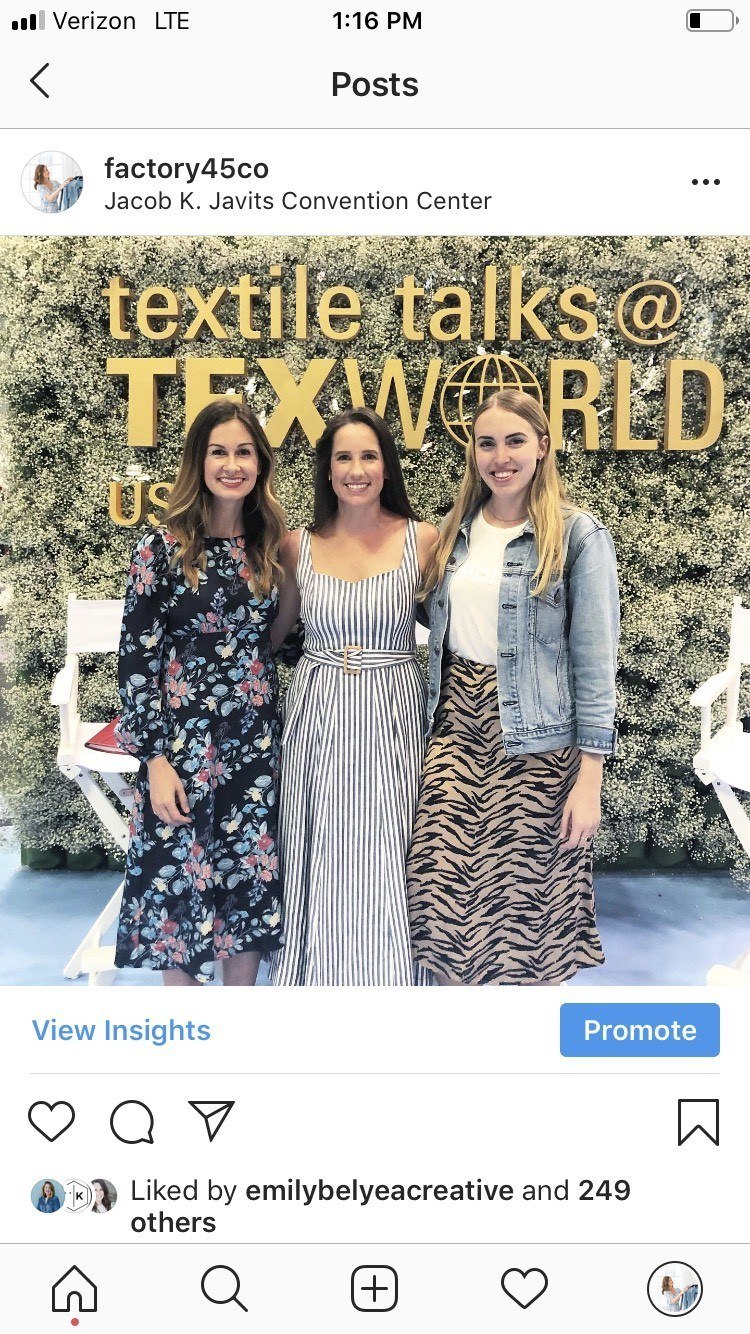
In less than 12 hours, I had double the likes and comments in over six months of posts — and I didn’t have to pay to boost it. The engagement was 100% organic.
So, what does that tell me?
- Yes, I really do need to get in front of the camera in an authentic way.
- Besides advertising dollars, Instagram’s main goal is to keep people on the platform for as long as possible. If you engage with others, instead of mindlessly scrolling and “hearting,” then you are helping Instagram with its goal. They will reward your own account for it.
- Continue engaging after you publish. If you can, keep checking back in for about an hour after you post and try to respond to comments on your photo as quickly as possible. Again, Instagram is looking for engagement and they will boost your post to more of your audience if its algorithm sees people engaging with it.
- If you need to take a digital detox or IG hiatus for a bit, it won’t kill your account. Yes, you may lose a few followers but you can jump right back in after some time to refresh, regroup and plan more thoughtful content.
So, whether this is breaking news to you or you’ve heard it all before, the summary is this:
Get in front of the camera & plan to engage.
I’m challenging myself to do more of this, and I’m challenging all of you who may be struggling with the platform.
I’m going to commit two hours a week to batch shooting with a self-timer on my phone, writing captions and scheduling 1-2 weeks in advance on Planoly.
And then I’m going to commit to 10 minutes a day of genuine engagement with the accounts I follow.
It sounds like a lot of work but hey, running and growing a business is a lot of work.
And Instagram is still a valuable tool for getting in front of your ideal customer.
So, instead of feeling “paralyzed,” I’m making a conscious choice to feel empowered.
Will you join me?
P.S. Continue reading >> 4 Instagram Hacks You (Probably) Didn’t Know






